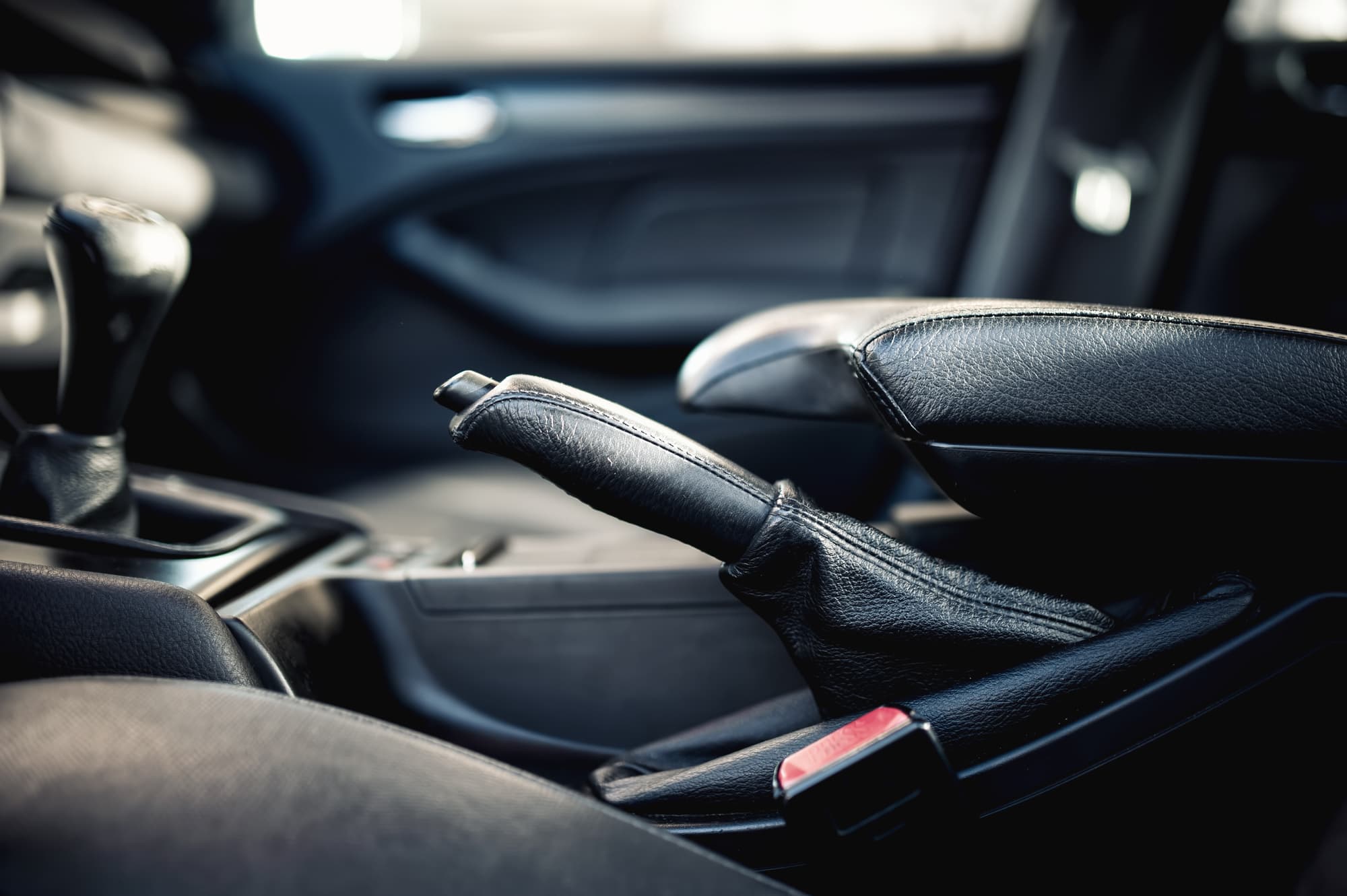When Should You Use Your Emergency Brake

Also called a parking brake, many drivers are unclear about when and how to correctly use their emergency brake. However, being familiar with this essential component can make your vehicle safer and prolong its lifespan. Here’s what you should know.
How your emergency brake works
Your emergency brake is part of your vehicle’s overall braking system, although it functions independently from your primary brakes. Using a lever, a pedal or a push-button, the emergency brake puts gentle pressure on the rear brakes to make sure your car stays put when parked. It’s designed to hold your car, not stop it.
Three situations when you should use your emergency brake
It’s important to use your emergency brake in the following instances:
1. When you park. Whether you’re parked on a steep incline or a flat surface, engaging your emergency brake will decrease the possibility of your vehicle moving and getting damaged while parked. This is true for both manual and automatic cars.
Every vehicle has a parking pawl, which locks up its transmission when you put your car in park. If the pawl malfunctions, your car can roll away. Using your emergency brake whenever you park takes the pressure off your pawl and can increase the lifespan of your braking system.
2. If your regular brakes fail. As the name suggests, you can use your emergency brake when the primary brakes fail due to a fluid leak or other malfunction. If you experience brake failure, gently pull up on the emergency brake lever or pedal to bring your car to a stop.
3. When changing a flat tire. Using your emergency brake while changing a flat tire will ensure your car doesn’t drop off its jack. The emergency brake will also keep the rear tires stationary, making it easier to tighten and loosen lug nuts.
How to use your emergency brake
When parking, most drivers stop their car, put the transmission into park, then engage the emergency brake. This method is incorrect. To take the pressure off your parking pawl, stop your car, engage your emergency brake first, then put your car into park. Using your emergency brake this way will provide the greatest benefit.
Brake service in British Columbia and Alberta
At Minit-Tune & Brake Auto Centres, we provide brake inspections at every oil change , and can replace or repair your braking system if need be. To schedule a brake inspection at one of our locations in the Okanagan Valley, the Lower Mainland, the Fraser Valley or Calgary, contact us today.
Related posts

Read More
Emergency Brake Trouble? What Every Driver in B.C. Should Know
Learn about common emergency brake issues and repair tips from Minit-Tune & Brake Auto Centres. Trusted brake repair in Surrey, New Westminster, and across B.C. Call us today for an appointment.

Read More
The Cost of Neglecting Brake Inspections: A Critical Look at Vehicle Safety

Read More

